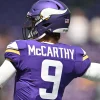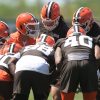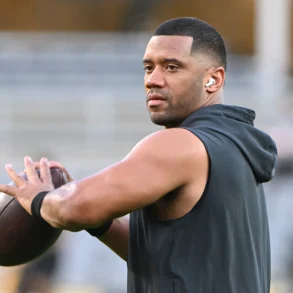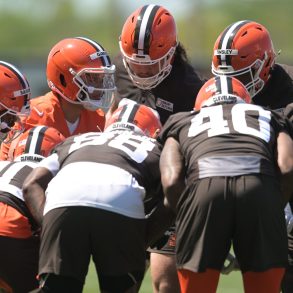In the past five years, the name Shanahan has become synonymous with offensive innovation in the NFL. When Mike Shanahan was head coach of the Washington Redskins in the early 2010s, he entrusted the offensive play-calling duties to his son, Kyle. Under Kyle’s guidance, quarterbacks like Kirk Cousins became viable starters, and Matt Ryan won an MVP award in Atlanta.
Kyle eventually became the head coach of the San Francisco 49ers in 2017, continuing his father’s legacy. Since then, his offensive philosophy has spread throughout the NFL, influencing numerous coaches and their systems.
The Shanahan system, or what is often referred to as the “Shanahan offense,” has expanded far beyond Kyle’s tenure. A significant part of this spread can be attributed to the many assistants who worked under him or his father, including prominent figures like Sean McVay, Matt LaFleur, and Mike McDaniel.
These coaches, along with others like Bobby Slowik, have propagated the principles of the Shanahan offense across the NFL, contributing to the establishment of a new offensive era. This expansion is not just limited to the coaching tree but extends to coaches who have adopted similar strategies without direct ties to the Shanahans.
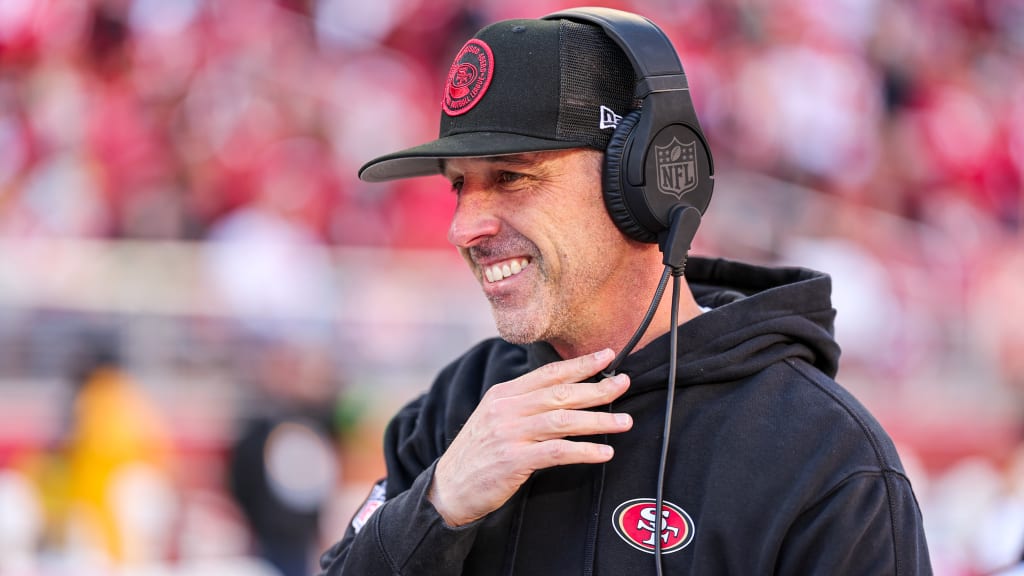
Kyle Shanahan’s Evolving Offense as He Moves Away from Traditional Play-Action Strategies
The Shanahan offense is widely recognized for a few key principles: the play-action pass, pre-snap motion, and the wide-zone running scheme. The play-action pass, in particular, became a hallmark, as Shanahan combined it with the wide-zone run to create a deadly offensive combination.
The wide-zone scheme, which requires the quarterback to be under center, helps pull linebackers out of position, making it easier for quarterbacks to connect with crossing routes. The resulting play-action pass puts further pressure on defenses, exploiting their misaligned positions.
Despite the widespread success of his system, Kyle Shanahan himself has moved beyond the rigid definition of the “Shanahan offense.” What initially defined his system—the perfect marriage of play-action and the wide-zone run—has evolved into something more dynamic. As the years have gone by, Shanahan’s offense has undergone a transformation. He has moved away from traditional play-action passes and instead adapted the offense to fit the modern game.
A key example of Shanahan’s evolution is the declining reliance on play-action passes in San Francisco. While the 49ers were once known for running play-action at an exceptional rate, they have moved away from it in recent seasons.
For example, in 2019, nearly a quarter of the 49ers’ passing attempts included play-action; by 2023, this dropped significantly to one out of every nine attempts. This shift raises the question: Why is Shanahan moving away from a system that was once considered a foundational part of his offense?
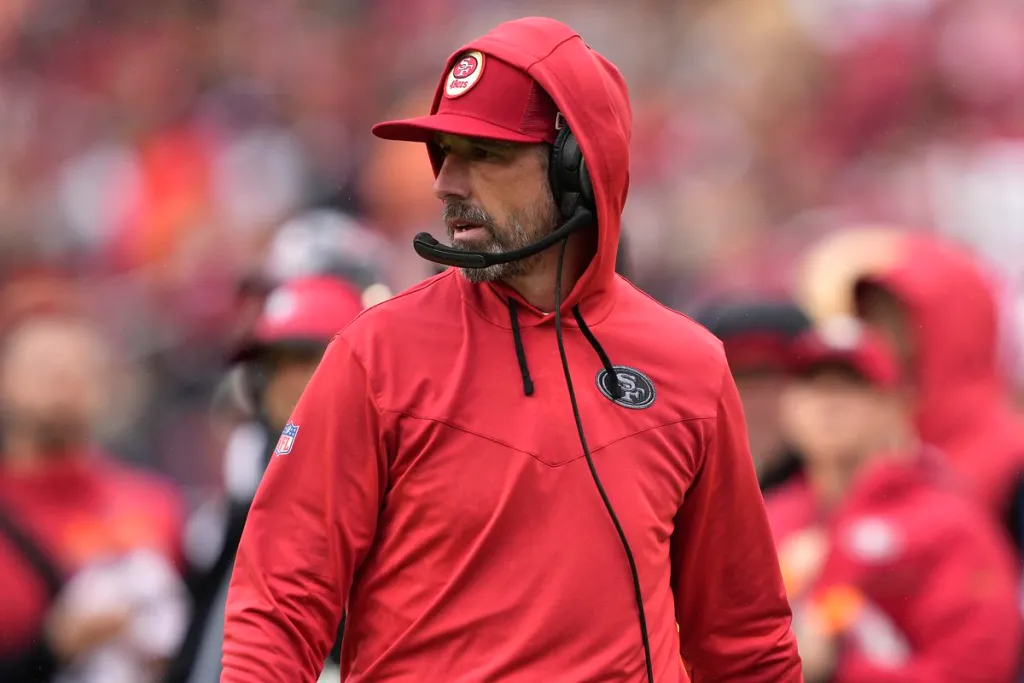
Shanahan’s Evolving Offensive Strategy Focuses on Flexibility and Versatility Over Play-Action
While the 49ers’ use of play-action has decreased, their dropback passing game has seen significant improvement. In fact, the team has become more efficient at dropback passing compared to previous seasons.
This shift indicates that Shanahan is adjusting to the changing trends in the NFL, where teams are moving away from run-heavy strategies and focusing more on quarterbacks who can read and attack defenses from the pocket. This change highlights Shanahan’s ability to evolve and stay in sync with the latest offensive developments.
Shanahan’s system can no longer be solely defined by play-action passes and wide-zone runs. Over time, the foundation of his offense has shifted. Shanahan himself has indicated that he focuses less on running a specific set of plays and more on organizing personnel to maximize the advantages of formations and player flexibility.
The core of his offense now lies in personnel utilization, such as using fullbacks and tight ends to dictate matchups and create deceptive looks. In this way, Shanahan’s offense is more about flexibility and unpredictability than any one specific strategy.
Shanahan’s offense thrives on the versatility of his players. By using personnel in multiple ways, he keeps the defense guessing. The 49ers’ heavy use of two-back sets—featuring a fullback and a running back—forces defenses to adjust accordingly.
This personnel usage allows Shanahan to exploit defenses by creating mismatches, as players like Christian McCaffrey and Deebo Samuel can line up in various positions, confusing defenders. The core of Shanahan’s approach is making defenses believe they are facing one type of play, only to have the offense attack them in a completely different way.
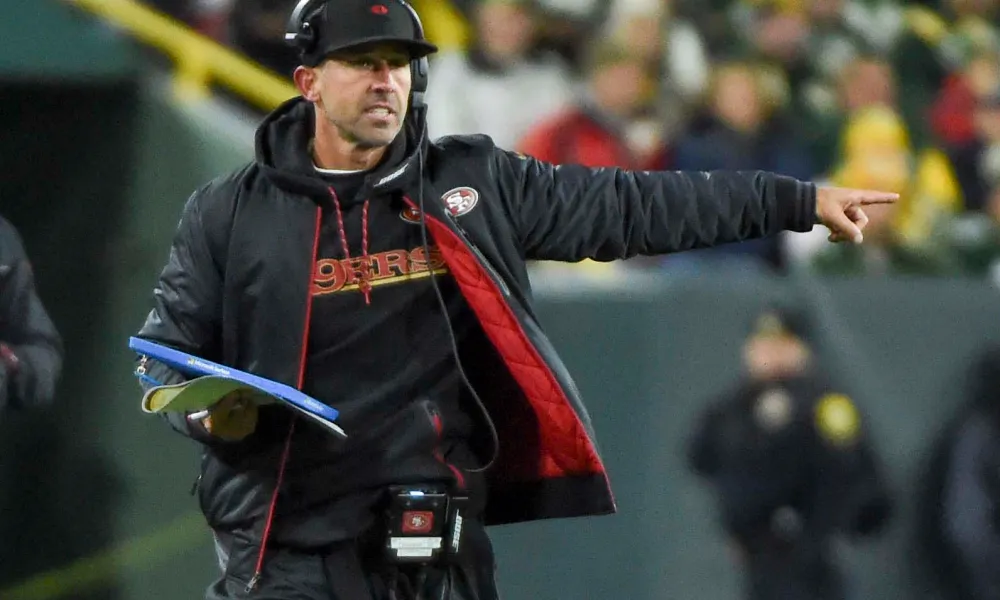
Shanahan Evolves 49ers Offense with Flexibility, Creative Formations, and Reduced Play-Action Usage
An interesting development in the 49ers’ offensive philosophy is the increasing use of traditional concepts without relying on the play-action fake. For instance, the 49ers continue to run plays like “drift” or “dagger,” which were once heavily reliant on play-action fakes, but now these plays are executed without them.
By using formations and player motions, Shanahan is able to create similar advantages without the need for play-action. This shift signals that play-action is no longer the keystone of the Shanahan offense, and instead, the offense’s success lies in its flexibility and unpredictability.
Another hallmark of the Shanahan offense is the use of tight formations and pre-snap motion. By aligning players closer to the line of scrimmage, the 49ers force defenses to adjust their coverage and alignments. This setup also allows for better run blocking while simultaneously creating space for passing plays. Shanahan’s use of pre-snap motion further complicates defensive reads, as it forces defenders to react to shifting personnel and alignments, often leaving them in a position of uncertainty.
As Shanahan continues to refine his system, it’s clear that the offensive strategy he has built is one of evolution rather than stagnation. The “Shanahan offense” as it existed in its earlier form—focused on play-action and wide-zone runs—has evolved into something more dynamic.
With an emphasis on personnel flexibility, creative formations, and deceptive play calling, the 49ers’ offense is one of the most unpredictable in the NFL. While elements of the traditional Shanahan system remain, the future of the offense is likely to be shaped by the continual blending of old principles with new innovations.
In conclusion, the Shanahan offense that once dominated the NFL is not the same system it was even a few years ago. Through its constant evolution, both from Shanahan and the broader coaching tree, the offense has adapted to meet the changing demands of the league. With an eye on the future, Shanahan’s ability to innovate and stay ahead of the curve will likely continue to define the way football is played in the years to come.

